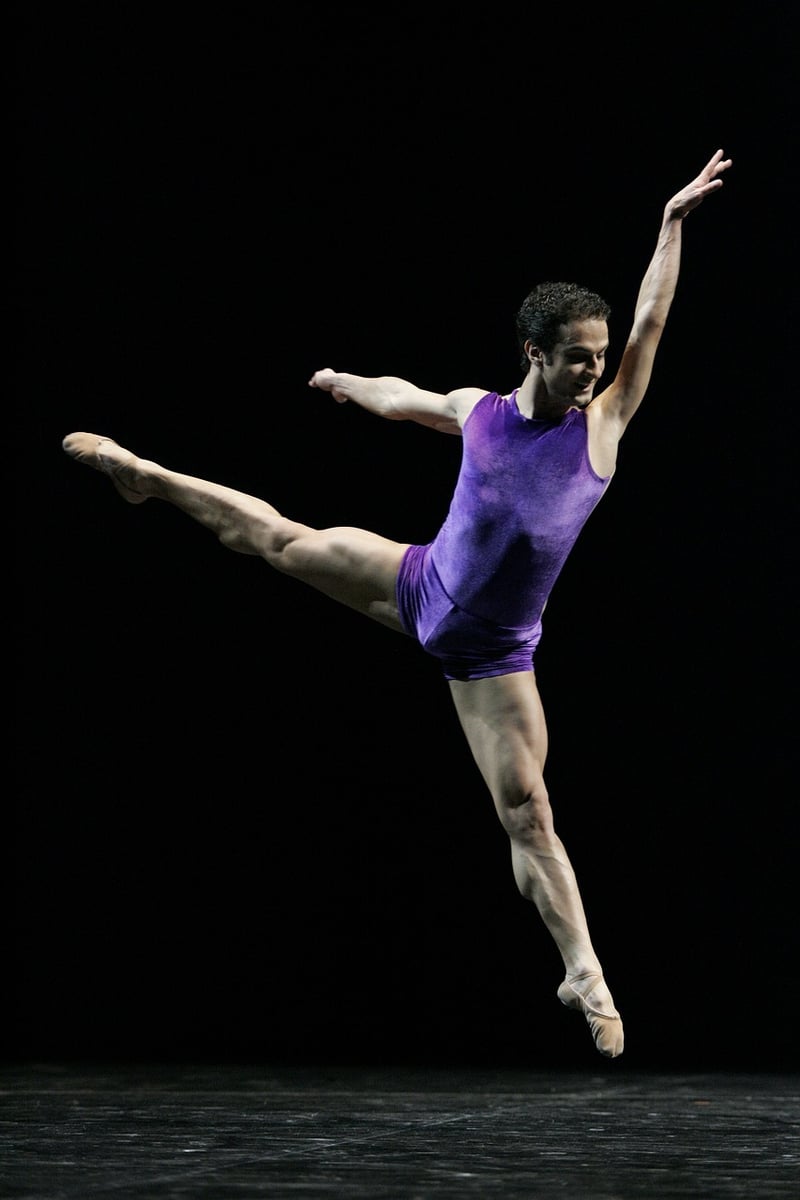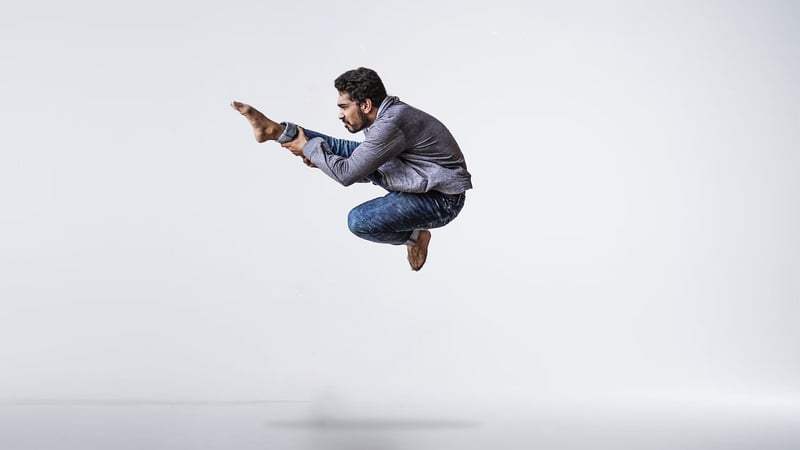Contemporary
The Art of Expressive Movement in Contemporary Dance

Contemporary dance is a genre that pushes boundaries, blending elements of various dance styles with innovative movements and storytelling. One of the key components that make contemporary dance so captivating is the use of expressive movement.
What is Expressive Movement?
Expressive movement in dance involves conveying emotions, narratives, and themes through physical gestures and body language. Dancers use their bodies as a means of communication, expressing a range of feelings and ideas without words.
Key Elements of Expressive Movement
- Facial Expressions: Dancers use their facial expressions to convey emotions and connect with the audience on a deeper level.
- Body Language: Every movement, from a subtle gesture to a dynamic leap, is used to express a specific feeling or idea.
- Use of Space: Dancers explore the stage and utilize the space around them to enhance the emotional impact of their movements.
- Flow and Dynamics: Expressive movement in contemporary dance often involves a mix of fluid, flowing motions and sudden bursts of energy to create contrast and intensity.
Expressive Movement in Contemporary Dance Performances
In contemporary dance performances, expressive movement plays a crucial role in engaging the audience and conveying the choreographer's vision. Dancers bring stories to life through their movements, inviting viewers to experience a range of emotions and perspectives.
Benefits of Incorporating Expressive Movement
By incorporating expressive movement into their choreography, dancers can create powerful connections with their audience, evoke strong emotional responses, and leave a lasting impact. It allows dancers to communicate complex ideas and narratives in a unique and compelling way.
Overall, expressive movement is a fundamental aspect of contemporary dance, adding depth, emotion, and meaning to performances. It showcases the power of dance as a form of artistic expression that transcends language and resonates with audiences on a profound level.

Whether through subtle gestures or dynamic movements, expressive movement continues to shape the landscape of contemporary dance, inspiring both dancers and audiences alike.
